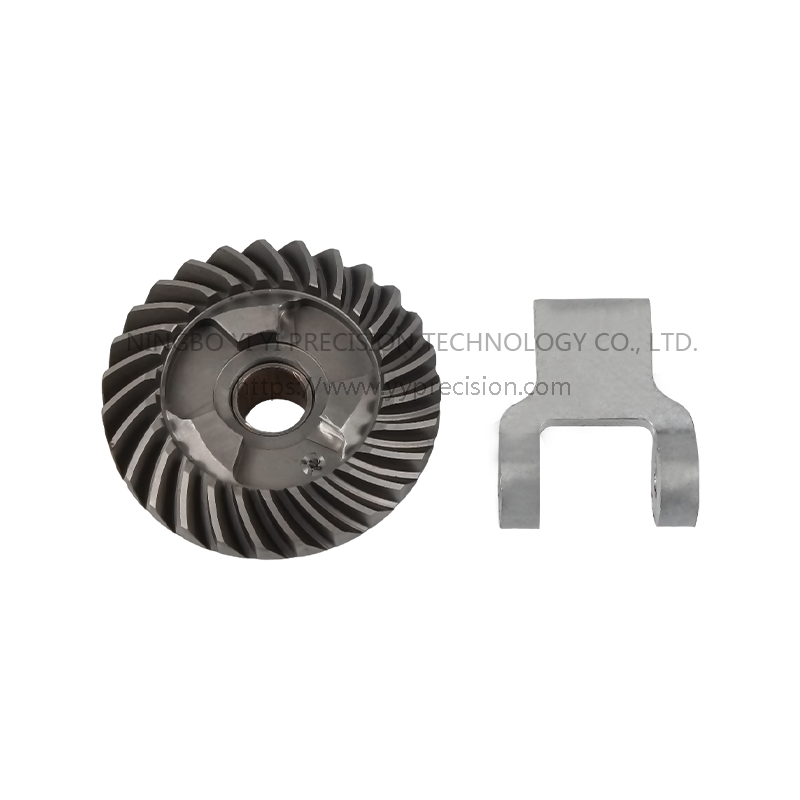Various industries are relying on
Precision Die Casting for their high accuracy parts. It is ideal for manufacturing complex geometry parts with dimensional accuracy and close tolerances. In addition, it is ideal for producing high strength and heat resistant parts. Precision Die Casting is cost-effective when used for mass production. However, it can be expensive for low to medium volume projects.
The process starts with die design. Various designs are available, depending on the complexity of the part. Most die castings are made from aluminum alloys. These alloys have a specific gravity of approximately 2.7g/cc. However, other metals can also be used. For example, stainless steel is used for medical instruments. These alloys are durable and have good strength, rigidity and finish.
Once the die design has been determined, the mold workshop is used to create the mold. The molds are precision manufactured to meet the precise dimensions. In addition, they require hours of shaping and machining. The mold workshop also uses various equipment for efficiency. Some of the commonly used equipment includes hydraulic, electrical and EDM equipment. In addition, the mold workshop also has a mold testing platform.
The mold workshop also specializes in creating a variety of other die designs. These include unit dies, which are inserted into the larger dies to form specific features. These units are then placed into the die casting machine. Some of the molds include a plunger, which is inserted into the mold to allow for molten metal to flow out of the die. The plunger is then moved downwards to seal the port.
The process also requires the use of air filters to remove pollutants. The mold workshop also uses hydraulic equipment to achieve efficient results. In addition, it is necessary to use a lubricant in order to ensure that the part does not stick to the die cavity. This lubricant also helps to improve the finish of the part.
The process also requires a parting line, which defines the inside and outside surfaces of the part. The parting line also contains a sprue hole to allow for molten metal to be poured into the mold. The process is a high pressure casting method. The plunger is held under pressure until the material is solidified. This process is also referred to as lost wax casting. The process is not suitable for magnesium or copper.
Various alloys have been developed to meet particular application needs. These include aluminum alloys, zinc alloys, and other alloys. Zinc alloys are particularly advantageous for high accuracy parts. Zinc alloys are durable, offer good strength, and have close tolerances. Zinc alloys are also cost-effective.
These metals have been developed to offer excellent surface finishes. These metals are also resistant to corrosion. They are used in a variety of manufacturing industries, including aerospace, automotive, chemical, and engineering. Several of the main alloys used in die casting include Alloy A360, Alloy A380, Alloy A383, and Alloy AK. These alloys offer excellent dimensional accuracy and are suited for many applications.

End Gears, The Application Of Fusion Casting Process, Fusion Casting Is Made Of Easy To Burn Material Model, And Then Hang Refractory Material On The Model, After Hardening, In The Model Will Be Burned After Hardening, The Model Is Burned And Discharged From The Model To Obtain A Cast Without Parting Surface, And The Cast Is Poured After Burning.

